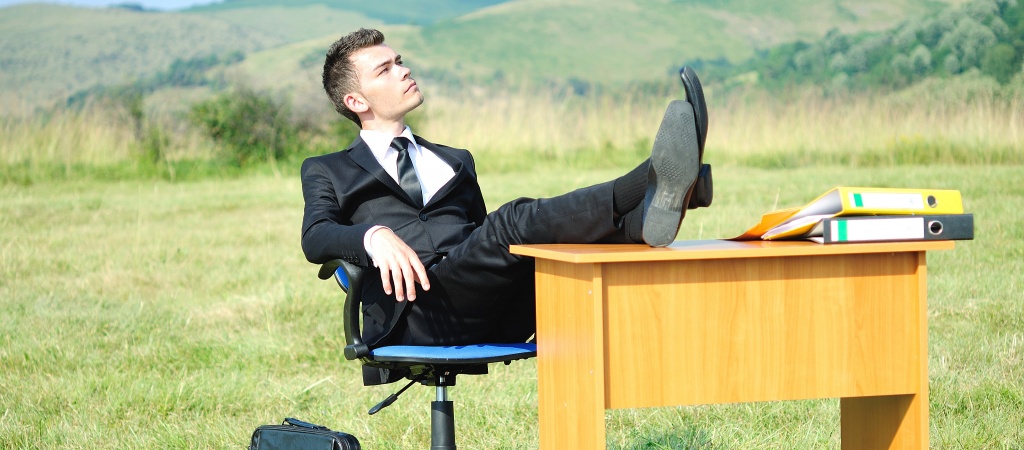On a bright springtime afternoon, you may be itching to go outside and trade the florescent lights of your office for the sun’s natural rays. The good news is research not only shows that breaks are beneficial to helping us stay focused and retain more information, but taking breaks outside have been proven to be even more rewarding. Nature helps alleviate mental fatigue by relaxing and restoring the mind, which ultimately contributes to improved work performance and satisfaction.
Four Benefits of Taking Breaks Outside
The National Federation of Independent Business outlines four great findings on the benefits of getting outdoors during the workday. We’ve also shared how you can apply them to your daily life:
1. Taking a walk outside makes you more creative.
Walking outside has been proven to boost creative thoughts, both during the walk and shortly after. Test subjects found themselves 81% more creative during or shortly after walking, than when they took the same evaluation seated.
How to Implement: Make your next internal meeting a walking meeting. Steve Jobs was known for his walking meetings. Mark Zuckerberg has also been seen to hold meetings on foot. Instead of brainstorming in the boardroom, go outside with your colleagues to come up with fresh ideas while walking around the neighborhood. The outcome may surprise you!
2. Nature can make you smarter.
Have a park or forest preserve close to your office? Recent studies show that spending time in nature can actually improve cognitive function. After interacting with natural environments, you are able to perform better on tasks that depend on directed-attention abilities.
How to Implement: When you need to recharge, stroll in a nearby park, garden, or wooded area. Eat your lunch on a park bench instead of at your desk. If you run home to let Fido out on your lunch break, stop and take a second to soak up the scenery around you while he’s doing his business. Have a day where you can’t take a break? The study also found looking at photos or images of nature also conjures the same cognitive improvement.
3. Going outside can help you concentrate.
Losing focus? A change of scenery outdoors for a few minutes can help you stay on track. Children with ADHD tend to focus better after being outdoors. A 2008 study found that children with attention deficiencies concentrated higher after a walk through a park.
How to Implement: If you’re having trouble focusing, leave the office for a quick walk around the block to a nearby green space. Spend some time taking in the fresh air and experience a physical pick-me-up. You will be able to dive back into your task refreshed once you return to your desk.
4. Outdoor time can boost your mood and self-esteem.
Taking a quick walk outside lifts the spirit. UK researchers have noted that just five minutes of outdoor activity is enough to boost your self-confidence and mood.
How to Implement: If you have an event close by, such as a presentation or networking gathering, consider walking there. Step outside to take a breather throughout the day, and enjoy the mood-boosting effects of nature!
There you have it. Science has validated the many reasons why you should head outside and enjoy the beautiful weather this spring. You’ll be more focused and more productive in your work. If you are looking for more tips on how to better stay focused at work, connect with EFR’s EAP services!

